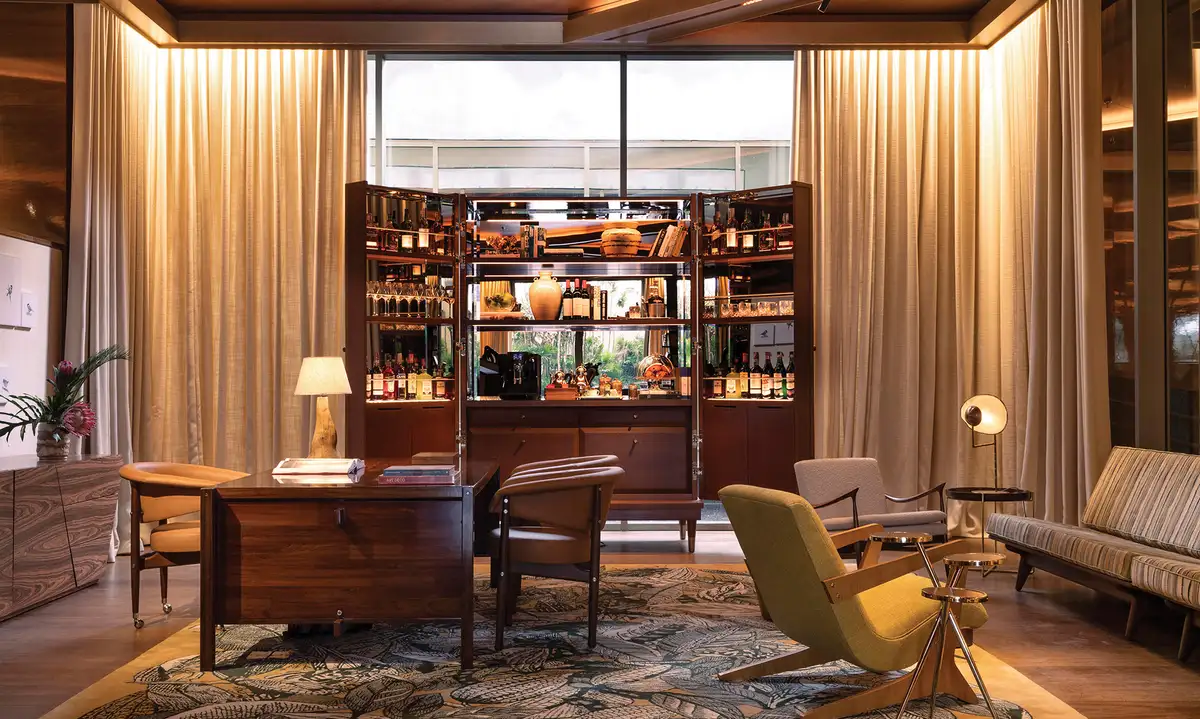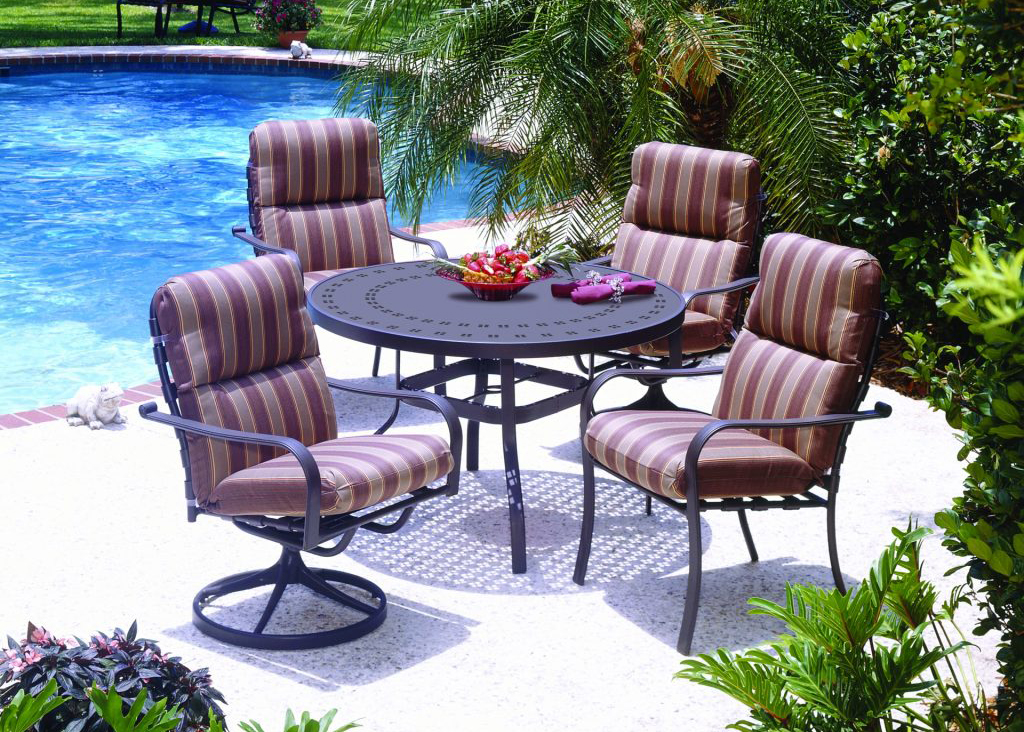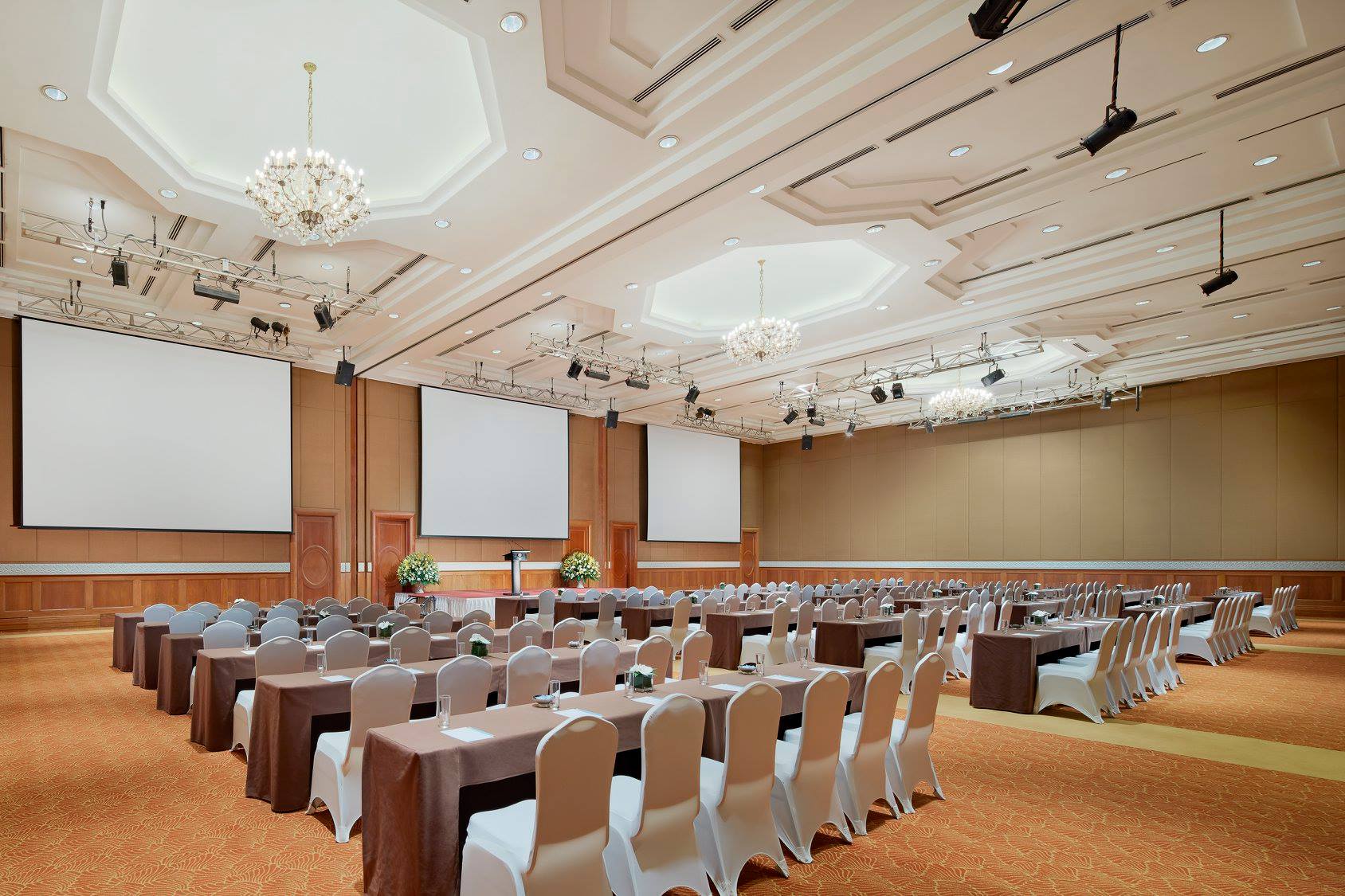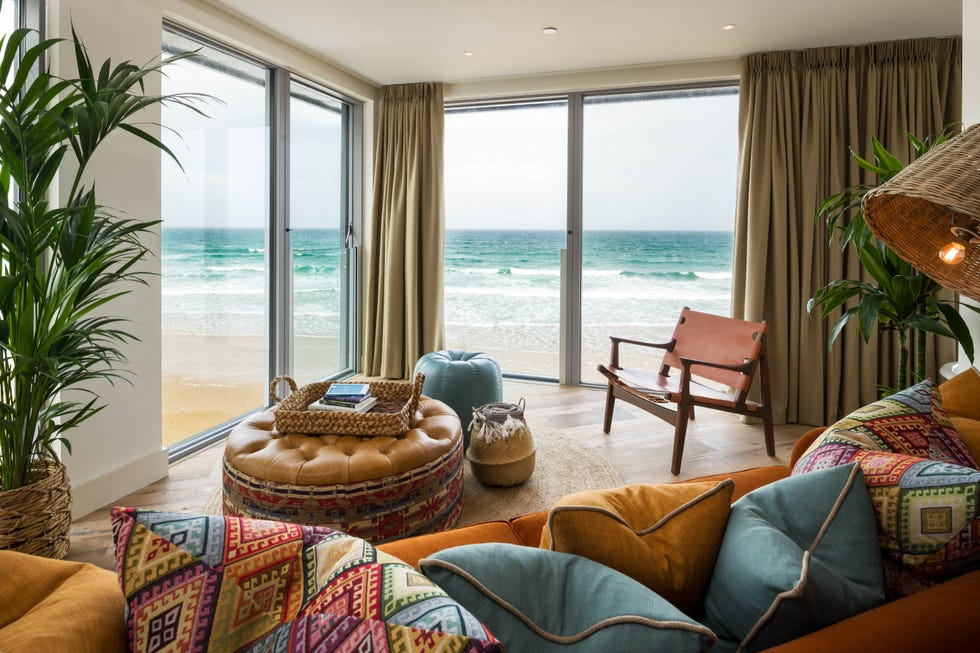Hotel Reception Design: Elements That Shape the First Guest Impression
Thứ 5, 16/10/2025
Administrator
24
The reception area is the heart of first impressions in hospitality. Within seconds, guests form opinions about comfort, quality, and professionalism based on what they see and feel. A well-designed reception desk and surrounding space set the emotional tone for the entire stay. In this article, Ngoc Hoang Anh explores how design, materials, and atmosphere influence perception and elevate brand image in modern hotels.
1. The Psychology of First Impressions
Guests begin judging a hotel long before check-in. The reception area communicates the brand’s personality and values immediately. Every visual and tactile element contributes to trust, calm, and curiosity.
1.1 Emotional Connection through Space
The arrangement of the reception zone affects how guests feel. A spacious, well-lit lobby conveys transparency and ease, while overly confined layouts may feel intimidating. Open sightlines and balanced proportions foster a sense of welcome and familiarity.
1.2 The Role of Sensory Cues
Materials, scents, and sounds shape subconscious impressions. Natural stone, warm wood, and gentle lighting signal authenticity and comfort. Subtle background music softens transitions between public and private zones, helping guests acclimate smoothly.
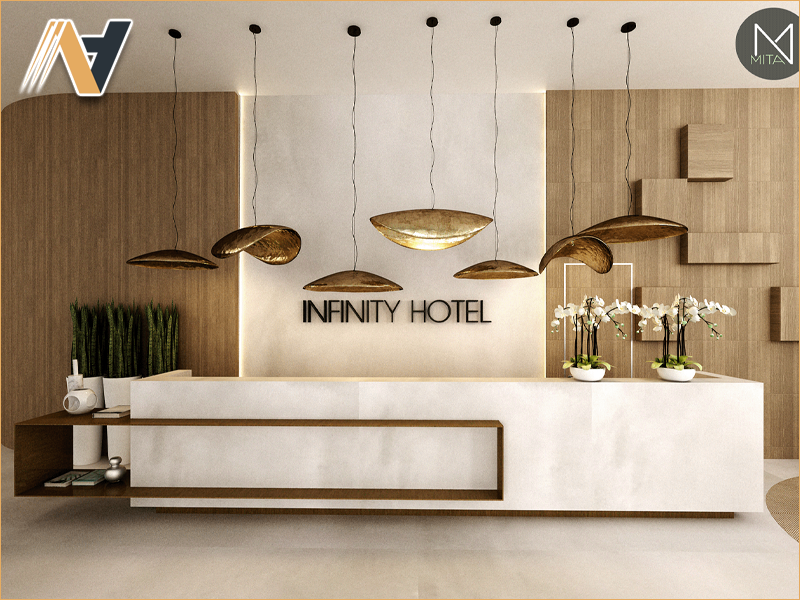
2. The Reception Desk as a Design Statement
The reception desk is more than a workspace; it is the focal point of arrival. Its form, height, and detailing must blend hospitality and authority, providing both presence and approachability.
2.1 Proportion and Functionality
The size of the desk should match the scale of the lobby. A low, elongated counter promotes openness, while curved or segmented shapes create natural flow. Ergonomics ensure comfort for both guests and staff, allowing efficient service without physical barriers.
2.2 Material and Finish Selection
Material choice communicates brand positioning. Marble or quartz conveys timeless elegance, while wood suggests warmth and tradition. High-gloss finishes create sophistication but require balance with softer textures to avoid visual coldness.
2.3 Integration of Technology
Modern check-in counters integrate discreet technology such as tablets or self-service kiosks. These tools improve efficiency but must be visually harmonious with the overall design to maintain a sense of refinement.
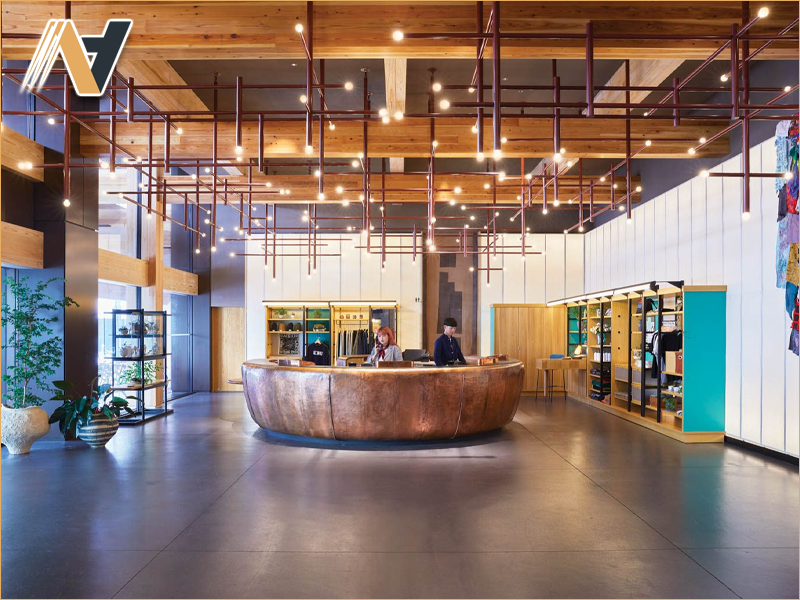
3. Lighting and Atmosphere
Lighting defines the emotional quality of a reception space. It guides movement, emphasizes materials, and influences mood. Properly designed lighting transforms the desk from a functional counter into an inviting centerpiece.
3.1 Layered Lighting Strategy
A combination of ambient, task, and accent lighting ensures comfort and flexibility. Warm ambient tones establish calm, task lighting supports visibility, and soft accents highlight textures and art features. Together, they create balance and elegance.
3.2 Highlighting Architectural Details
Indirect lighting behind panels or under counters adds depth and dimension. When light interacts with stone veins or wood grain, it enriches the tactile impression and enhances perceived quality.
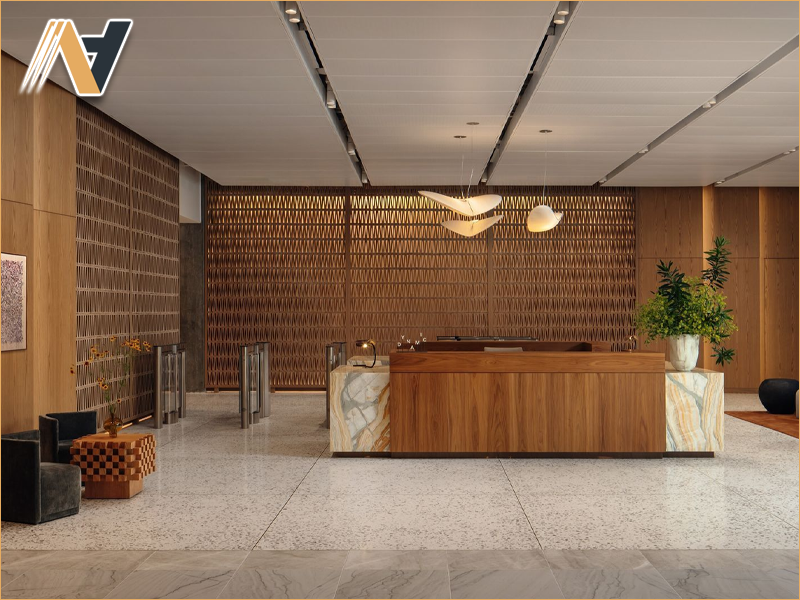
4. Spatial Planning and Guest Flow
The movement of guests through the reception area affects perception of service quality. A well-planned layout provides clarity and ease of orientation, ensuring guests never feel lost or crowded.
4.1 Defining Pathways
Clear routes from the entrance to the desk and elevators reduce hesitation. Flooring patterns, lighting direction, or ceiling features can guide flow intuitively without signs or barriers.
4.2 Balancing Privacy and Accessibility
Guests value privacy during check-in but appreciate openness in circulation. Partial partitions or screens can separate functions discreetly while maintaining visual connection with the lobby.
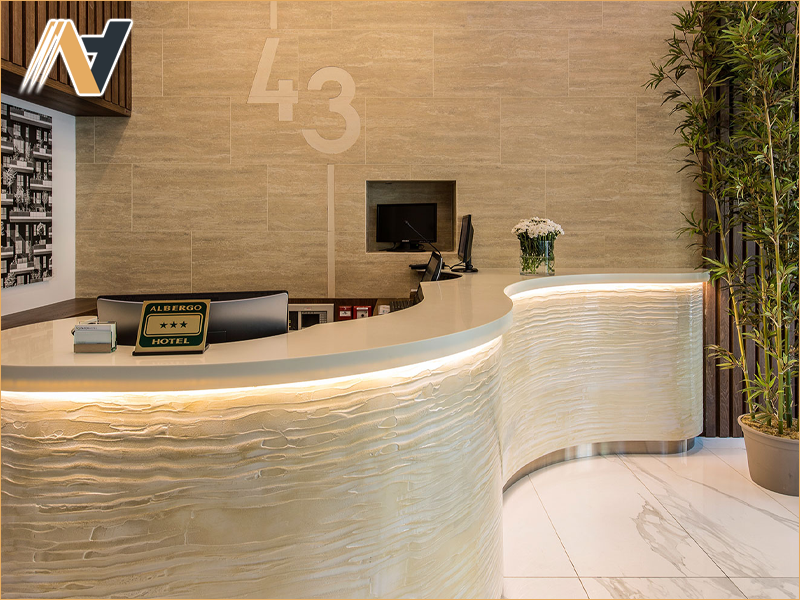
5. Consistency with Brand Identity
Reception design should embody the essence of the hotel’s brand. It introduces the tone of service and sets expectations for the experience ahead.
5.1 Translating Brand Values into Form
Every brand communicates through design language. Minimalist hotels rely on clean geometry and restrained palettes, while resort properties express locality through textures, craft, and color. The reception desk becomes a physical interpretation of these values.
5.2 Personalization and Cultural Touches
Local materials, artwork, or subtle cultural motifs enhance authenticity. These elements give guests a sense of place and make the arrival experience memorable, distinguishing one property from another.
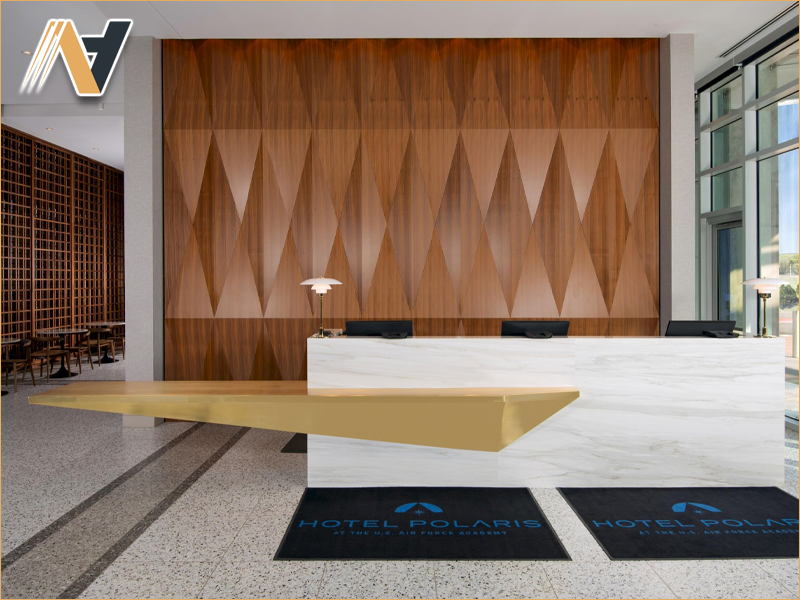
Conclusion
The reception area is not just a functional zone but a reflection of the hotel’s soul. Through proportion, lighting, and material harmony, design shapes emotion and trust from the first moment of arrival. When executed with precision and warmth, it transforms check-in into an experience of welcome and distinction.
For hospitality projects seeking refined craftsmanship and tailored interior solutions, Ngoc Hoang Anh provides professional Vietnam hotel furniture OEM services that combine design precision, brand consistency, and enduring quality.
Contact us today for professional consultation and high-quality production support for your hotel project.
-----
NGOC HOANG ANH TRADING COMPANY LIMITED
Tax Code: 3702874413
Address: No. 288/28/10 Huynh Van Luy Street, Zone 7, Phu Loi Ward, Ho Chi Minh City, Vietnam
Warehouse: No. 1/91, Thuan Giao 02 Street, Binh Thuan 2 Residential Quarter, Thuan Giao Ward, Ho Chi Minh City, Vietnam
Phone/Whatsapp/Wechat: +84342076666
Email: info@ngochoanganh.com.vn







